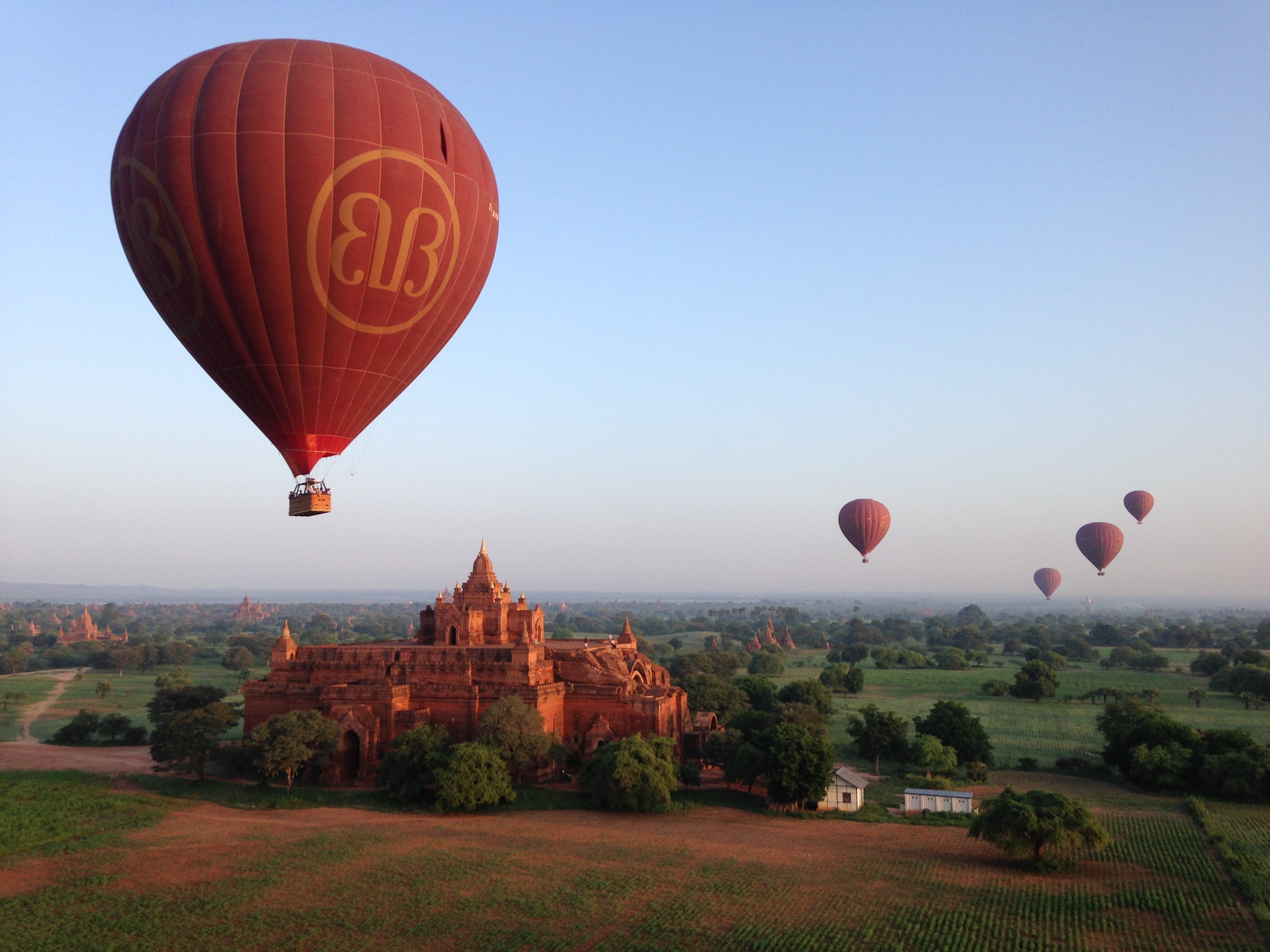Our last trip to Scandinavia was packed with beautiful excursions, hotels, and cuisine, but besides that, it was packed with wonderful people. One of our guests, Kevin, took some time to share with us his insights from the tour.
Zoom: How was it, traveling as part of a gay group?
Kevin: We had fun! In fact, there was so much laughter on our Zoom tour of Denmark, Sweden and Norway, I wondered how it was that we had so quickly become such a close group of friends. Was it because we were a group of gay men sharing funny stories, or telling tales of lost loves in faraway lands or because we were playfully teasing each other about all the things a group of gay men find funny? Perhaps we were so happy because we were traveling through three of the countries considered by the U.N. as some of the happiest on earth?
Zoom: How did Covid impact things?
Kevin: What better way to try to leave the toughest months of the pandemic behind than to actually visit these countries with Zoom? This was the first trip for many of us since the pandemic had begun and, after a day or so, COVID quickly seemed a distant memory. The vast majority of the Scandinavian population is vaccinated. We felt completely at ease.
Zoom: How is Scandinavia different from other places you have visited?
Kevin: We could see immediately that the Nordic countries are different. Most of the cars are electric. There are bicycles and scooters everywhere. There's no garbage on the streets. There's an obvious respect for the planet. Laughter fills the cafes and streets and bars. We felt completely safe walking everywhere at any time of the day. Everyone seemed to be outside, jogging and cycling and playing. Add to this a trust in their governments, economic security, freedom, civic participation, free education and a healthy work-life balance and you can see why the people are so happy.
Zoom: Did you notice other similarities among the countries in Scandinavia?
Kevin: Happy countries, happy visitors? Quite possibly. It's scientifically proven that being near water makes people happier. I grew up on a lake and I seemingly always search out places to travel to where water is close. Copenhagen is a busy port on the ocean. Oslo is located at the end of a fjord. The city of Stockholm is made up of fourteen islands at the edge of the sea. This close relationship to the ocean has always influenced Nordic history and culture, and we were in Denmark, Sweden and Norway learning some of the ways how.
Zoom: What were some of the highlights from the trip?
Kevin: On one of the best days of the tour, we donned special gear and boarded special highly maneuverable pontoon boats to explore one of the many deep water fjords that surround Norway. The water of Nærøyfjord, a UNESCO-protected heritage park in southwestern Norway, was calm and totally quiet when we set out, the otherworldly fog swirling all around, surrounded only by high stone cliffs that rose over a thousand yards, etched by waterfalls, and by tiny communities seemingly cut off from the rest of the world, with only shoals of harbor porpoises and the odd seal for company.
Another highlight of our tour was the visit to a nearly complete 17th century wooden warship: the breathtakingly beautiful 226-foot-long Vasa. It had once sat for over 350 years, in Stocholm's busy harbor, mere yards from downtown, before being accidentally discovered and brought to the surface to be painstakingly reassembled.
Kevin, in Bergen, Norway.
Zoom: As a self-proclaimed foodie, how was the food on the trip? Did it live up to your expectations?
Kevin: We ate very well on this trip. Being so close to the sea, the freshest seafood and fish make up a large part of the traditional cuisine that Denmark, Sweden and Norway are known for. Reindeer is also often on the menu. Inspiring takes on Nordic cuisine, with an additional focus on farm-to-table produce, have taken over the culinary world in the past decade. Several of Scandinavia's restaurants have consistently been considered the absolute top restaurants in the world. We couldn't get into Copenhagen's Geranium or The Alchemist this trip, but some of us did manage to make reservations at other highly-rated restaurants in Copenhagen, Oslo, Stockholm and Bergen. Sitting down to a twenty-course tasting menu where food presentation and taste and service is elevated to an art, is often a lovely way to spend four or five hours on one's own or with a fellow foodie. My son and I still talk about the awe-inspiring meal we had years ago at Geranium, when it was considered only the third or fourth-best restaurant in the world.
In Stockholm, another highlight. Our Zoom group enjoyed champagne aboard an elegant wooden yacht as it sailed us out to a private museum on an island in the harbor. The museum was the former home and art studio of a closeted long-deceased Swedish prince who loved the arts, both as an accomplished painter and as a collector. As the older woman guided us through his collection and shared the Prince's somewhat tragic story of being gay at a time and in a place that wouldn't let him live who and how he wanted, it became obvious to everyone listening that she was clearly in love with a man she'd never actually met, a man who would have been so much happier had he just been born in a different time. It was a touching and heartfelt reminder of just how far we've come in terms of acceptance, a sentiment that was hard for our group to ignore when we've just toured through Sweden, Denmark and Norway, some of the most accepting and free countries on earth.




